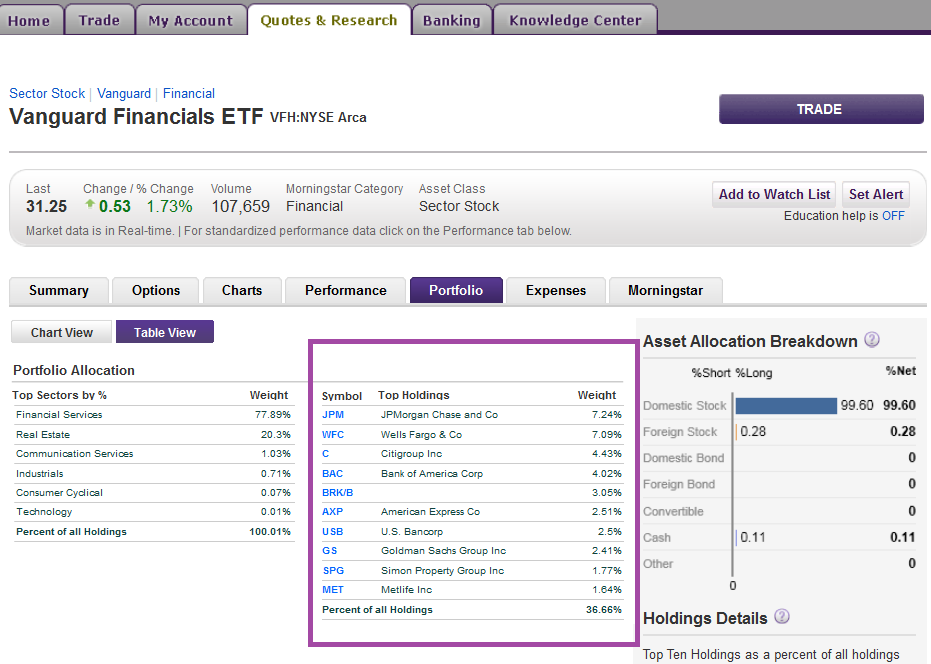Mix It Up With Bond ETFsKiplinger
Post on: 6 Июнь, 2015 No Comment

We put together a diversified bond portfolio using inexpensive exchange-traded funds.
By Laura Cohn, March 2010
Exchange-traded funds that invest in bonds overwhelmed every other ETF category in 2009 when measured by net cash inflows, drawing in more than $44 billion. At last report, there were 91 bond ETFs holding nearly $106 billion, up from 55 holding $57 billion a year ago. Because their costs are low and they generally make monthly cash distributions, bond ETFs are terrific tools for building an income portfolio. Set up a brokerage account and you can be in business in 15 minutes.
If you just want to gain broad exposure to bonds inside a tax-deferred investment plan, you may be satisfied with something as simple as the ETF version of Vanguard Total Bond Market (symbol BND ). It owns more than 4,000 investment-grade bonds (those rated triple-B and higher), with more than two-thirds of its assets in government-backed debt. In early January, the ETF yielded 3.5%.
But if you can handle a little more risk, you can take advantage of the proliferation of bond ETFs to build a diversified portfolio that is akin to the one described in The Best All-in-One Bond Funds. We devised a portfolio with five of our favorite ETFs. The collection, which recently yielded 3.0%, is designed to withstand rising inflation, which is not an immediate concern but may become a greater threat later this year or in 2011 (assuming the economic recovery remains on track). As with any other kind of portfolio, you should rebalance regularly — at least once a year, and perhaps more frequently, if your portfolio is large and trading commissions don’t eat up a large percentage of your holdings.
Start by putting one-fourth of your bond portfolio in an ETF that invests in short-term corporate bonds. Our choice is iShares Barclays 1-3 Year Credit Bond (CSJ ). If you expect interest rates to rise, you want to keep maturities short because short-term bonds lose less than long-term IOUs when yields jump (bond prices move inversely with rates). Corporates get the nod over Treasuries because they pay more. This ETF yields 2.0%, but if rates rise, the fund’s yield will keep pace quickly.
Advertisement

Next, put another 25% into some fixed-income securities of the foreign sort. This move is a hedge against a falling dollar. Try SPDR Barclays Capital International Treasury Bond (BWX ), which invests in the equivalent of Treasury bonds from developed nations such as France, Germany and Japan. It yields 2.4%.
Now, to boost the portfolio’s cash payout, allot 20% to high-yield, or “junk,” corporate bonds. Junk bonds can lose substantial value when their issuers fall on hard times. But a growing economy should hold down defaults, and your short-term corporate ETF, which holds no junk, balances the risk. We like iShares iBoxx $ High-Yield Corporate Bond (HYG ). The ETF, which holds bonds from such firms as NRG Energy and EchoStar, yields 8.2%.
Round out the package by assigning 15% to an ETF of short-term Treasuries and another 15% to one that owns inflation-indexed bonds. For the first, iShares Barclays 1-3 Year treasury bond (SHY ) is a good choice. It yields a paltry 0.8%, but it has mirrored its index nearly perfectly since its inception in 2002. The popular iShares Barclays TIPS (TIP ) holds Treasury inflation-protected securities with both short and long maturities. The TIPS fund also yields a miserly 0.8%, but the bonds it holds adjust their principal value to keep pace with increases in the consumer price index.
All of the interest from this portfolio is taxable, so it’s well suited for an IRA or for low-bracket taxpayers. If you’re in a high tax bracket and want current income, tweak this portfolio by reducing its stake in the high-yield ETF to 10% (or even eliminating it) and moving that amount to iShares S&P National AMT-Free Municipal Bond Fund (MUB ). Doing so will bring down the current yield of the portfolio to 2.5%, but it will trim your tax bill.














